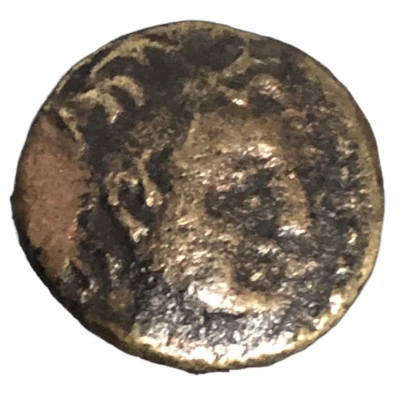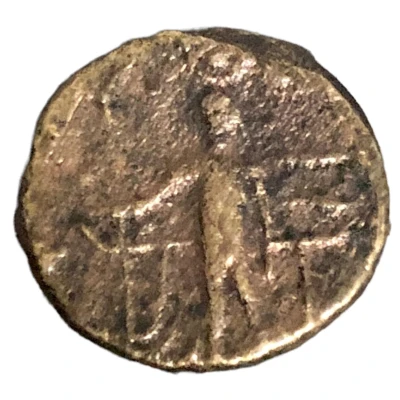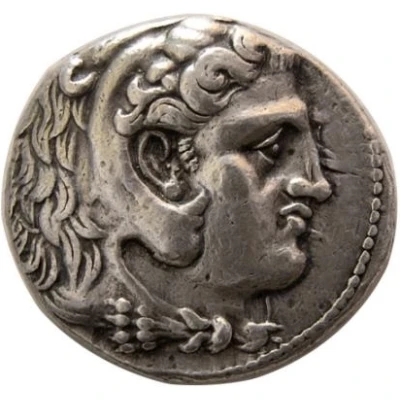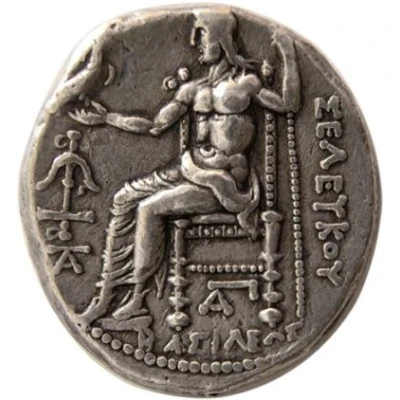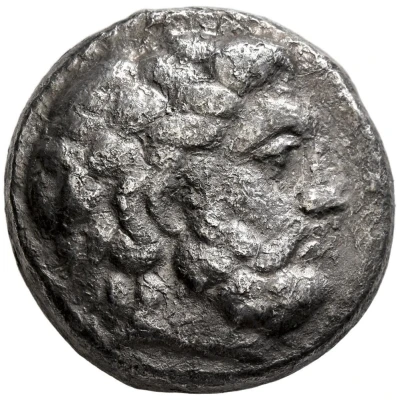
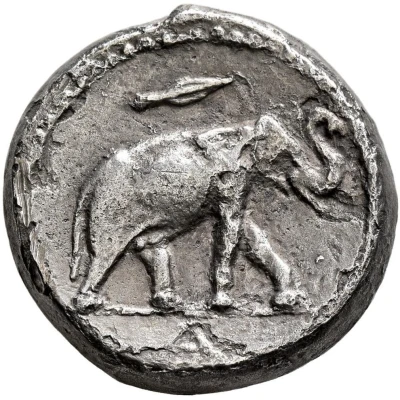

© Leu Numismatik
Stater - Seleukos I Nikator Susa 288 BC - 281 BC
| Silver | 16.3 g | 22 mm |
| Issuer | Seleucid Empire (Seleucid Empire (305 BC - 64 BC)) |
|---|---|
| King | Seleukos I Nikator (305 BC - 281 BC) |
| Type | Standard circulation coin |
| Years | 288 BC - 281 BC |
| Value | Silver Stater (3) |
| Currency | Drachm |
| Composition | Silver |
| Weight | 16.3 g |
| Diameter | 22 mm |
| Shape | Round (irregular) |
| Technique | Hammered |
| Orientation | Variable alignment ↺ |
| Demonetized | Yes |
| Updated | 2024-10-10 |
| Numista | N#428607 |
|---|---|
| Rarity index | 100% |
Reverse
Elephant walking right; above, spearhead right; in exergue, A.
Script: Greek
Lettering: A
Comment
This extremely rare and highly unusual emission features an elephant on the reverse side. The motif undoubtedly references the Anabasis of Seleucus nearly two decades earlier, during which he made a treaty with Chandragupta, securing 500 war elephants and later ensuring his victory over Antigonus I Monophthalmus. Unlike earlier eastern tetradrachms, this one does not depict Zeus in an elephant quadriga but rather a single animal, with no accompanying legend.
Interesting fact
One interesting fact about this coin is that it features the image of Seleucus I Nicator, the founder of the Seleucid Empire, on one side, and an image of Apollo on the other. This coin was minted during Seleucus' reign, which lasted from 288 BC to 281 BC, and was likely used for everyday transactions throughout the empire. Despite its age, many of these coins have been well-preserved and can still be found in good condition today, making them a popular collector's item among numismatists.


